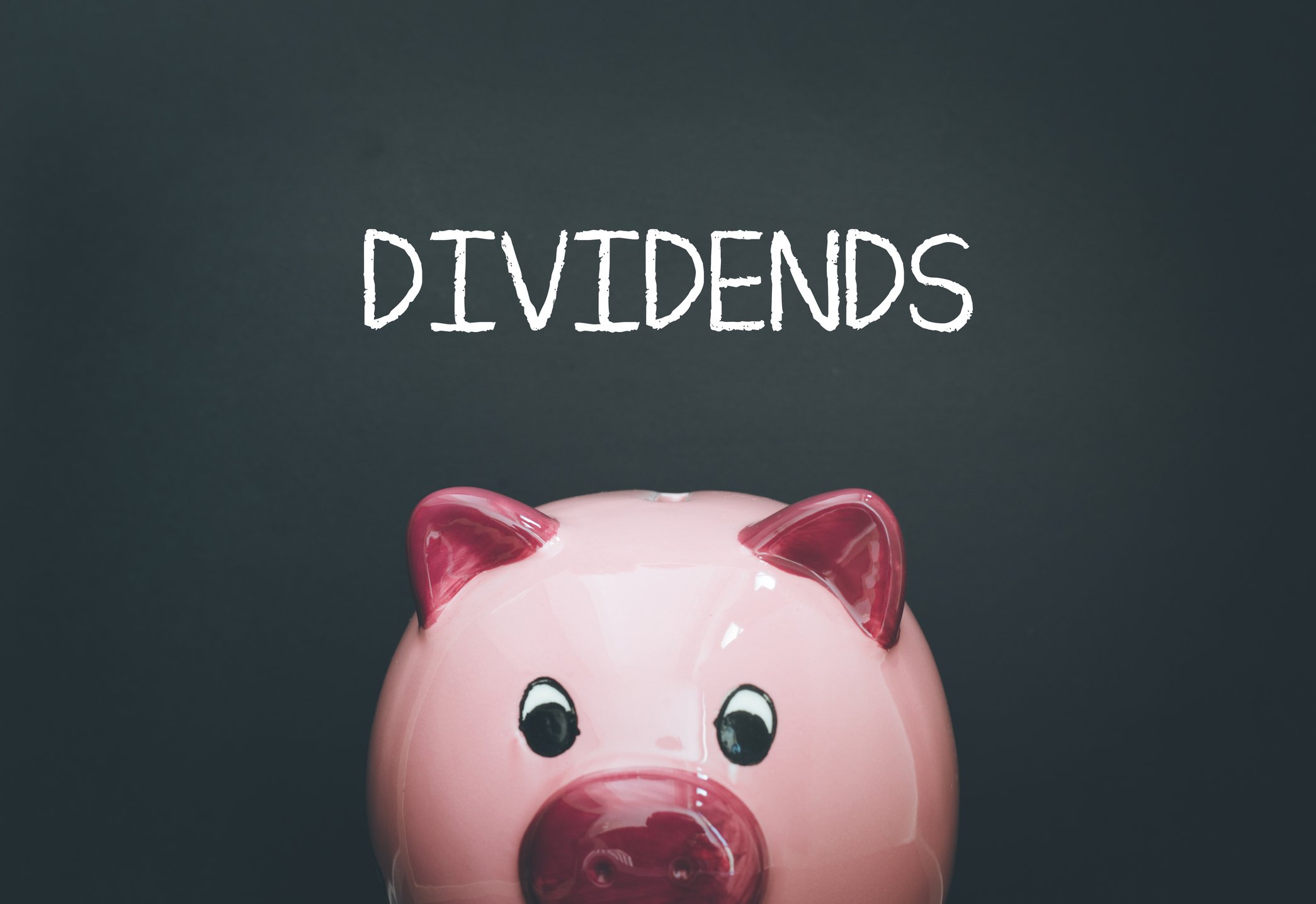The way you invest post-retirement will be vastly different than your pre-retirement approach, as you shift from accumulating wealth to living off your nest egg. Social Security is a safety net, helping to replace some of your income, with your life savings there to supplement your retirement cash flow.
One way to make sure you have enough money is to invest in large, industry-leading companies that pay big dividends. Here are four you should look at right now.
1. Moving oil, not drilling for it
Enterprise Products Partners (EPD +0.25%) is one of the largest and most diversified midstream energy companies in North America. This master limited partnership helps to move oil and natural gas, and the products into which they get turned, around the country and the world. It owns a collection of pipelines, storage, processing facilities, ports, and transportation assets that would be virtually impossible to replicate. And, most important, roughly 85% of its gross operating margin is fee-based (it gets paid for the use of its assets), so the prices of the commodities it moves aren't that important to its financial results.

Image source: Getty Images.
On top of being a giant in the industry, Enterprise is also one of the most conservative players. Through the first nine months of 2019, it covered its distribution by 1.7 times -- 1.2 is considered strong in the midstream space. Financial debt to EBITDA, meanwhile, was a modest 3.4, toward the low end of the industry. Add in over two decades of annual distribution growth and a hefty 6.1% yield, and dividend-focused investors, such as a retiree trying to augment her cash flow, should be ready for a deep dive.
2. Slowly turning a giant ship
IBM (IBM +0.33%) is the next name worth considering. To be fair, while still an industry giant with a roughly $120 billion market cap, it isn't exactly firing on all cylinders. This over-100-year-old company is in the middle of a transition, shifting from less-profitable businesses, such as building computers, to higher-margin ones, such as cloud computing, artificial intelligence, and quantum computing. It has been a slow transition since the new businesses it's building are still in their growth phases, and the ones it has jettisoned were mature. Thus, the top line has been falling for several years. IBM had been buying stock to offset the top-line declines, but that's now on hold following the big acquisition of Red Hat.
However, the new businesses now make up around half of the top line. So an inflection point looks like it might be near at hand. While debt is a bit high right now, historically speaking -- financial debt to EBITDA has risen from around 2.7 to 3.25 over the past year -- management is putting the cash it was using to buy stock toward paying down the debt it added to buy a fast-growing services business. Debt, meanwhile, has fallen nearly 10% since mid-2019, so there are signs of early progress. That said, financial debt to equity is roughly 0.5, which isn't outlandish, and IBM covers its trailing interest expenses 14 times over. Leverage isn't much of an issue.
EPD Dividend Yield data by YCharts.
Now add in the stock's 4.7% yield and 24 years of annual dividend increases. The thing is, IBM has managed to adapt to the changing technology industry before. There's no particular reason to believe it will fall flat this time around as it works to provide its customers with what they need and want. If you can deal with being paid well to wait through the current transition, high-yield IBM should be on your wish list.
3. Going in a new, better direction
The third name on this list is advertising giant WPP (WPP +0.18%). The big story here is that a couple of years ago, the board ousted the British company's hard-nosed founder and replaced him with a CEO that uses a more inclusive approach. Whereas the company once feasted on acquisitions, it is now working to streamline its various businesses and get them to work together, instead of operating as fiefdoms. Early results suggest the approach is working, with WPP winning a good chunk of new business in recent quarters. The internet is a wild card that's changing the advertising market, but computers aren't good at creativity -- and that's where WPP shines.
The other thing notable about this shift is that WPP is selling non-core assets to reduce debt. It just offloaded 60% of a data-oriented business, which should get its leverage down to the low end of its target range of around 1.5 times net debt to EBITDA. There's more work to be done, for sure, but it looks as if WPP is off to a very solid start in its turnaround effort. And the debt reduction makes the company's 5.5% dividend yield increasingly secure -- though dividend increases are likely to be off the table for a little while.
One last thing investors need to understand is that WPP pays dividends only twice a year, and the payouts are different sizes. That can make budgeting a bit more difficult, but if you like the new direction this leading advertising company is taking, it might be worth the hassle.
4. The mall is changing, not dead
The final dividend-paying company to consider is the one that requires the strongest stomach: Simon Property Group (SPG +0.48%). Simon, a real estate investment trust (REIT), owns one of the largest collections of enclosed malls and factory outlet centers in the world, with around 200 properties in its portfolio. The so-called retail apocalypse is supposedly destroying this business, but that's likely to be a vast overstatement. The truth is that malls are changing to better serve tenants and consumers, adding more service- and experiential-oriented offerings as they replace retail concepts that are failing or simply shrinking.
Good malls are likely to survive the internet, which is why it's important to note that Simon owns high-quality properties in wealthy regions. Moreover, it has one of the strongest balance sheets in the mall REIT space, with around $7 billion in liquidity to help it adjust along with the retail sector. It's also one of the few mall REITs that is building new malls, albeit in foreign markets, meaning there's also some growth opportunity. Add in a 5.7% yield, a 10-year streak of annual dividend increases, and a funds-from-operations payout ratio (that's like earnings for an industrial company) that sits at the low end of the mall REIT niche, and more aggressive dividend investors might want to take a closer look.
Time for a deep dive or two
Enterprise, IBM, WPP, and Simon are big players in the markets they serve. They are also big dividend payers, which is what you'll be looking for to supplement your Social Security checks. Although it's unlikely you'll love these four names enough to buy them all, if you take the time to dig in a little more, it's likely that one or two of these high-yield giants could find their way into your portfolio.










